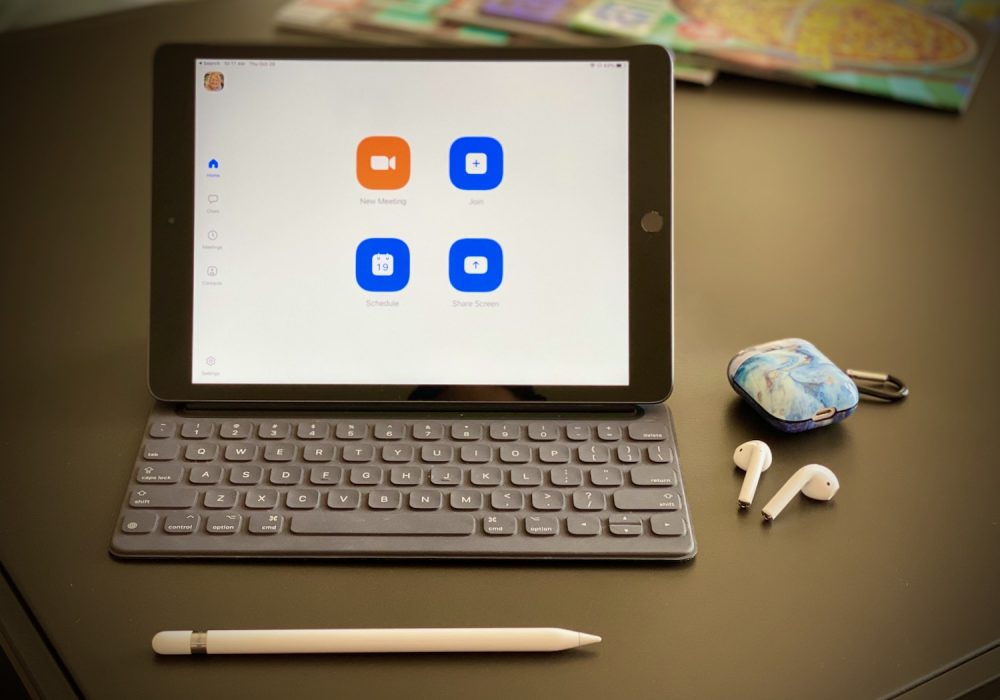Is Your Surgery Going Digital? What To Know About Telemedicine and Surgery
As the world navigates a global pandemic, it’s no surprise that reducing unnecessary contact is a huge focus for healthcare providers. One way they’re doing so? The use of telemedicine. While telemedicine might feel brand-new to patients everywhere, the truth is it’s been around for quite a while—and we’re likely to see it grow in popularity as both patients and providers realize how convenient it is.
If you have a procedure on the books, you might find yourself wondering about telemedicine and surgery: how it works, what you need to know, and how it might be used for your pre-op appointments. Today, then, we wanted to break down everything to consider about this convenient form of medical communication. Let’s dig in!
What is telemedicine?
Telemedicine is the distribution of medical information and services digitally, allowing medical providers and patients to connect remotely without being in the same room.
- A Zoom call with your doctor? That’s telemedicine!
- Going over those x-rays or labs via an online chat? That’s telemedicine as well.
- Reporting your symptoms via an online form or chat box? You guessed it—telemedicine!
Telemedicine and surgery: How will telemedicine be used for my upcoming procedure?
As doctors work to reduce in-person contact, you might notice a number of steps in the pre-surgery process are now available to you remotely (see ya later, waiting rooms!). A few ways telemedicine might be used for your upcoming surgery include:
- Video consults with surgeons and/or anesthesiologists
- Virtual check-ins with your pre-op team
- Noting symptoms and/or your health status using your health provider’s mobile app
- Going over test results with your doctor (imaging, lab work, etc.) via a virtual screen-share
What’s so great about telemedicine and surgery?
We could go on for days about the perks of telemedicine, but here are a few of our favorites:
- It’s safe: You no longer have to worry about heading into a medical facility where you might be exposed to everything from the common cold to COVID-19. Taking medical appointments from the comfort of your own home helps keep you safe and socially distanced!
- It’s convenient: From seamless scheduling via online apps to no longer having to drive to a medical facility, waste hours in a waiting room, and miss days of work, the convenience of telemedicine can’t be overstated.
- It’s great for anyone with limitations: Whether it’s getting in and out of a car that poses an issue to you or filling out tons of paperwork by hand, patients who have an upcoming procedure are often physically limited. Telemedicine helps to alleviate some tasks that might pose a major inconvenience for those who are injured and/or those who are living with physical limitations.
What else should I know about telemedicine and surgery?
- Talk to your insurance company: With COVID-19, many insurance companies are covering telemedicine appointments, as they’re often the only option patients have. Still, it’s always a safe bet to check with your insurance company in advance to learn more about what they do and don’t cover as it relates to telemedicine.
- Know there might still be a wait: While you’re no longer waiting in a physical waiting room, you might be waiting in a “virtual waiting room” as you wait for your doctor to sign into your appointment. In many cases, the timeline might be just as slow as it was when you used to visit the physician in person. So, you may have an appointment scheduled for 2pm, sign into the appointment right on time, but have to wait 30 minutes or so before your doctor joins the virtual chat. The good news is you can continue to work and perform other tasks as you wait—just keep an eye on the screen so you don’t miss it when they arrive!
- Know your technology: While you certainly don’t need to be digitally savvy to take a telemedicine appointment, there are a few things you should have prepared. You’ll need a webcam (which is built into most computers, laptops, and phones) as well as a speaker (again, this is typically a built-in feature in most modern devices). If others will be around at the time of your appointment and within ear’s shot, you might want to have earphones so as to keep the conversation private. Also, certain browsers might “act up” or become glitchy when it comes to certain telemedicine platforms. Ask the office staff beforehand if there’s a specific browser you should use for the best experience.
Want even more insightful surgery information? Browse the rest of our blog for empowering pre-op tips, helpful nutrition advice, and more!


